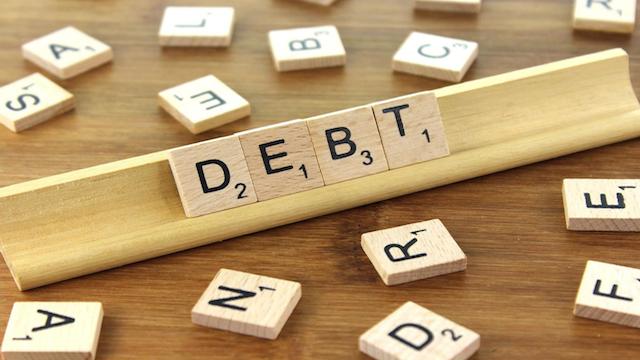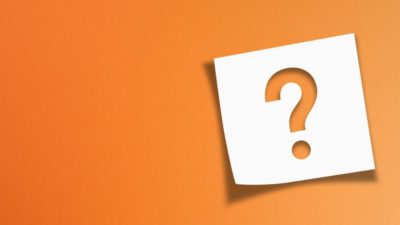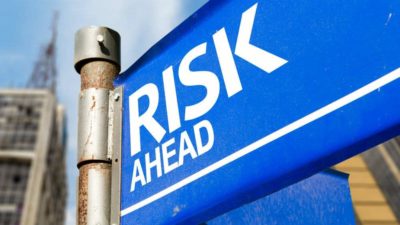For a small number of people, living debt-free is doable. The reality, however, is that most of us simply don’t have enough cash to purchase or pay for everything we need or want. This is where debt comes.
Taking on some debt can actually be a positive move – as long as it is the good kind. On the other hand, bad debt can leave you financially disadvantaged and take you years to recover from.
Therefore, before you borrow, it’s important to know the main differences between good debt and bad debt.
Should you invest £1,000 in Arrival right now?
When investing expert Mark Rogers has a stock tip, it can pay to listen. After all, the flagship Motley Fool Share Advisor newsletter he has run for nearly a decade has provided thousands of paying members with top stock recommendations from the UK and US markets. And right now, Mark thinks there are 6 standout stocks that investors should consider buying. Want to see if Arrival made the list?
Good debt
Good debt is a sensible investment in your financial future. It is the money you borrow to make important purchases that you expect to rise in value, generate an income, provide a return on your investment or improve your long-term quality of life. A debt is a good one if you have a realistic plan for its repayment – a plan that fits your budget – and that will not cause you to cut back on other essentials. Here are a few examples of good debt:
- Mortgage – Although buying a home is costly, it is considered a good investment that will increase in value over time. After you have finished paying your mortgage, you’ll be left with an asset that’s usually worth far more than you paid for it. Furthermore, the house can be a way of saving money rather than spending it every month on rent. Another major advantage of mortgages is that most have lower interest rates than other debts.
- Student loan – The typical way to pay your way through university is with a student loan. A university education is an investment that could get you further along in life as it can provide you with wider job opportunities and more earning power. A student loan is also considered a good debt because the interest rate is very low.
- Affordable car loan – A car loan is a form of good debt, particularly if the car it pays for helps you get to work or is essential in doing business. However, when taking a car loan, it is important to run the numbers first and establish whether you can afford the monthly repayment costs as well as its ongoing running and maintenance costs.
- Small business loan – If you are starting a new business, and have a sensible business plan, a small business loan can be a good debt. If the business succeeds, it might end up being worth much more than the loan, making it a very smart investment.
Bad debt
Bad debt damages your financial future. It is the money you borrow to purchase things that depreciate in value, generate no income in the future or have a minimal short-term impact on your quality of life. A debt is a bad one if it carries a high rate of interest and you are likely to find repayments difficult. Here are a few examples:
- Payday loan – These are short-term loans for small amounts of cash that need to be repaid during the forthcoming payment cycle. The interest rate on a payday loan can be enormous (over 1000%). Also, each time you cannot repay the payday loan on time, the amount owed rises exponentially, leading to more debt.
- Credit card debt – Credit cards can be useful for paying for essential items when you do not have cash immediately available. Problems arise if you reach the point that you cannot pay off the entire balance in full when it is due. Also, credit cards translate to bad debt when they are used to pay for non-essential and depreciating items such as high-end clothing, electronics and furniture.
- Personal loans for non-essential purchases – If you are taking a personal loan to finance a purchase or activity that is not essential, like a luxurious holiday or an expensive party, this may be considered a bad debt because you are investing in something that will not generate any income, increase in value or have any real long-term impact on your quality of life.
Final word
Understanding the difference between good debt and bad debt can help you become not just financially literate but also financially independent. If you cannot completely avoid debt, try to pick good debt over bad debt. If you have already incurred bad debts, try making it a priority to pay them off first before incurring any further debt – even if it’s good debt.







